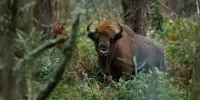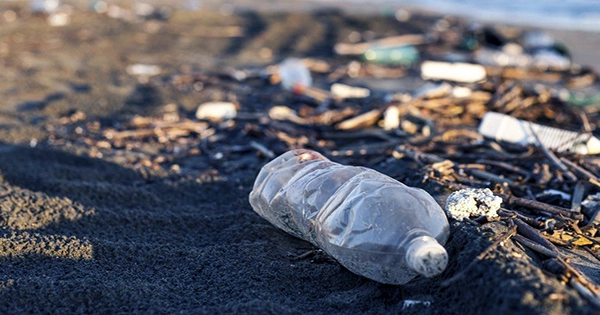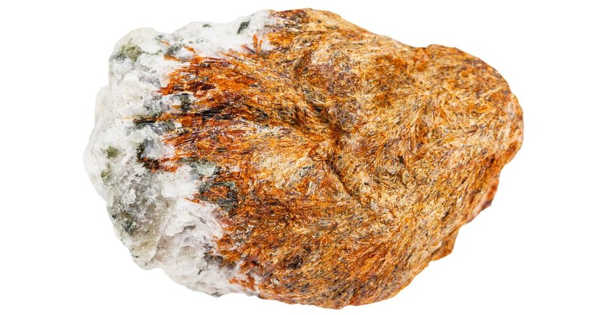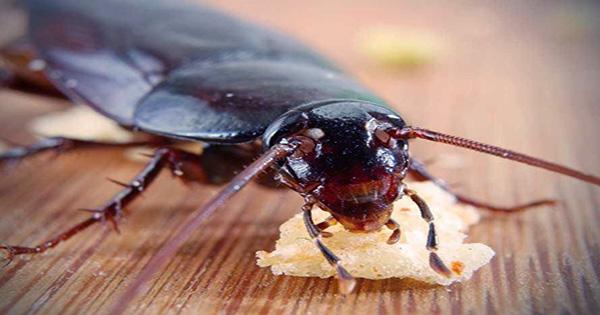All of the carbon in trees and forests around the world could be released back into the atmosphere if they burn in a forest fire. Trees also stop removing CO2 from the atmosphere when they die due to drought or insect damage. The likelihood of these threats affecting forests is increasing across the country, making relying on forests to absorb carbon emissions a much riskier proposition.
Planting a tree appears to be a good thing to do for the environment in general. After all, trees absorb carbon dioxide, helping to offset some of the emissions that contribute to climate change. Forests cover nearly one-third of the Earth’s land surface and provide numerous benefits and services to humans and other species, ranging from ecological functions like water and air purification to goods like lumber and paper.
However, all of the carbon in trees and forests around the world could be released back into the atmosphere if the trees burn in a forest fire. Trees also stop removing CO2 from the atmosphere when they die due to drought or insect damage.
According to new research published in Ecology Letters, the likelihood of these threats affecting forests is increasing across the country, making relying on forests to absorb carbon emissions a much riskier proposition.
Climate change is going to supercharge these three major disturbances in the United States. In recent years, we’ve seen devastating fire seasons of increasing severity. We anticipate that the western United States will be the hardest hit by all three of these. They’re also linked in some ways. Extremely hot and dry years, exacerbated by climate change, are associated with an increase in fires, tree mortality, and insect outbreaks.
Prof. William Anderegg
“By the end of the century, US forests could look dramatically different,” says William Anderegg, study lead author and associate professor in the University of Utah School of Biological Sciences. “Fires and disturbances that are more severe and frequent have a huge impact on our landscapes. We are likely to lose forests in some areas of the Western United States as a result of these disturbances, but much depends on how quickly we address climate change.”
Wildfire, drought, and insects
The researchers modeled the risk of tree death from fire, climate stress (heat and/or drought), and insect damage for forests throughout the United States, projecting how those risks might increase over the course of the 21st century.
By 2099, the models found, that United States forest fire risks may increase by between four and 14 times, depending on different carbon emissions scenarios. The risks of climate stress-related tree death and insect mortality may roughly double over the same time.

However, in those same models, human actions to combat climate change were enormously important: reducing the severity of climate change dramatically reduced fire, drought, and insect-driven forest die-off.
Participation in the United Nations’ Reducing Emissions from Deforestation and Forest Degradation (REDD) program is one way that some tropical countries are reducing deforestation. REDD essentially works to create incentives for those who care for the forest to manage it sustainably while also benefiting economically.
Examples include using less land (and therefore cutting fewer trees) for activities such as coffee growing and meat and milk production. Participating nations can then accrue and sell carbon pollution credits when they can prove they have lowered deforestation below a baseline. The REDD program has channeled over $117 million in direct financial aid and educational support into national deforestation reduction efforts in 44 developing countries across Africa, Asia and Latin America since its 2008 inception.
“Climate change is going to supercharge these three major disturbances in the United States,” Anderegg predicts. “In recent years, we’ve seen devastating fire seasons of increasing severity. We anticipate that the western United States will be the hardest hit by all three of these. They’re also linked in some ways. Extremely hot and dry years, exacerbated by climate change, are associated with an increase in fires, tree mortality, and insect outbreaks. But we also have an opportunity here. Addressing climate change as soon as possible can help to keep our forests and landscapes healthy.”
















